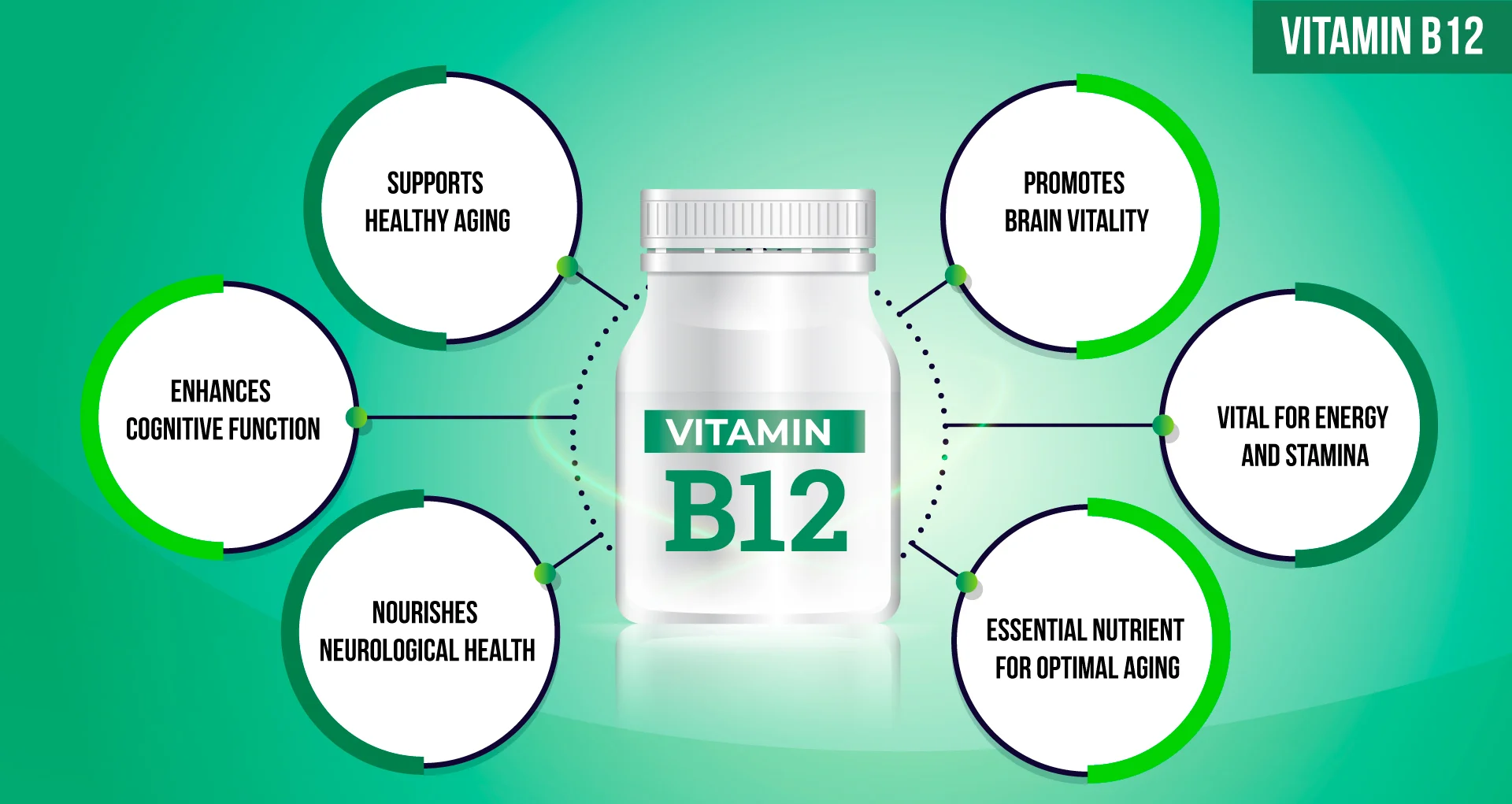Enjoy the Benefits of Garcinia Cambogia Tea
Are you tired of trying various weight loss solutions with little to no success? What if we told you that there’s a natural and effective way to suppress your appetite and lose weight? Enter Garcinia Cambogia Tea, a unique combination of Garcinia Cambogia Extract and Pure Green Tea Leaves that promises to help you achieve your weight loss goals. Let’s explore this miraculous tea and its benefits together.
Short Summary
- Garcinia Cambogia Tea is a blend of Garcinia Cambogia Extract and Pure Green Tea Leaves that provides health benefits and appetite-suppressing properties.
- Consumption of Garcinia Cambogia. Tea can be beneficial when combined with a balanced diet and regular exercise, but potential risks should be taken into consideration.
- The FDA enforces safety regulations for dietary supplements, such as proper dosage guidelines. Customer experiences provide varying perspectives regarding its effectiveness, safety, and taste.
Understanding Garcinia Cambogia Tea

Garcinia Cambogia Tea is a remarkable blend of two powerful ingredients: Garcinia Cambogia Extract and Pure Green Tea Leaves. This combination not only provides you with the well-known health benefits of green tea, but also enhances your weight loss journey through the appetite-suppressing properties of Garcinia Cambogia Extract.
The idea behind this fusion is to harness the potential of certain plant extracts that have been found effective in decreasing body weight through appetite suppression. Garcinia Cambogia, a fruit indigenous to India and Southeast Asia, is widely used in herbal and dietary supplements (HDS) for weight loss or preventing weight gain.
Garcinia Cambogia Extract
Derived from the fruit of the Garcinia Cambogia tree, Garcinia Cambogia Extract is a natural supplement that has gained popularity for its weight loss benefits. It has also been advocated for relief of joint pain and digestive symptoms, as well as improving cholesterol levels. The secret behind its weight loss properties lies in a chemical called Hydroxycitric Acid (HCA). HCA, found in Garcinia Cambogia, is the key component responsible for reducing appetite and helping you control those pesky cravings.
So, how does Garcinia Cambogia Extract contribute to weight loss? The answer is simple: by suppressing your appetite, it helps you consume fewer calories, ultimately leading to weight loss. Moreover, Garcinia Cambogia contains Garcinia Cambogia. Extract is known to block fat formation and improve cholesterol levels, further aiding in your weight loss journey.
Pure Green Tea Leaves
Pure Green Tea Leaves, harvested from the Camellia sinensis plant, are the other main ingredient in Garcinia Cambogia Tea. These unprocessed and unblended tea leaves are rich in antioxidants, which protect the body from free radical damage. Additionally, green tea leaves contain caffeine, which can increase energy levels and enhance mental alertness.
However, it’s essential to be aware of the potential risks associated with consuming Pure Green Tea Leaves. Side effects such as insomnia, headaches, and irritability may occur due to the presence of caffeine. It’s always best to consult a doctor before consuming Green Tea Leaves, as they may interact with certain medications.
To reap the benefits of Pure Green Tea Leaves, it’s suggested that you consume 2-3 cups per day.
Preparing and Consuming Garcinia Cambogia Tea

Now that you’re aware of the powerful ingredients in Garcinia Cambogia Tea, let’s learn how to prepare and consume it. There are two popular ways to enjoy this tea: hot and iced. Both methods are equally effective in providing you with the appetite suppression and weight loss benefits of Garcinia Cambogia Tea.
Whether you prefer sipping on a warm cup of tea or enjoying a refreshing glass of iced tea, Garcinia Cambogia Tea can be easily prepared to suit your taste. Let’s dive into the steps involved in preparing both hot and iced Garcinia Cambogia Tea.
Hot Tea Preparation
To prepare hot Garcinia Cambogia Tea, start by soaking dried Garcinia Cambogia in warm water overnight. In the morning, add jaggery water and ginger to the soaked fruit, and boil for 15 minutes or until the fruit is soft. Alternatively, you can use two tea bags per cup of tea and allow them to steep for 3 to 5 minutes. After steeping, gently squeeze the tea bag to extract any remaining extract, ensuring that you get the maximum benefit from your tea.
Once your hot tea is ready, enjoy it as part of your daily routine, preferably before meals. The warming sensation of the tea along with its appetite-suppressing properties will help you control your food intake and ultimately, aid in your weight loss journey.
Iced Tea Preparation
For those who prefer a chilled beverage, preparing iced Garcinia Cambogia Tea is just as easy as the hot version. Begin by bringing 4 fl. oz. of water to a boil and adding 1 teaspoon of Garcinia Cambogia tea leaves. Steep the tea leaves for 3-5 minutes, then strain and discard them. Allow the tea to cool to room temperature.
Once the tea has cooled, pour it into an ice-filled glass. As the ice melts, it will dilute the tea to the desired serving strength, providing you with a refreshing and appetite-suppressing iced tea. Just like with hot tea, incorporating iced Garcinia Cambogia. Tea into your daily routine can help you manage your appetite and support your weight loss goals.
Weight Loss and Appetite Suppression Benefits

Garcinia Cambogia Tea not only offers you a delicious beverage, but also provides significant weight loss and appetite suppression benefits. By facilitating the normal metabolism of fat and carbohydrates, Garcinia Cambogia Tea promotes progressive weight loss. This powerful combination of Garcinia Cambogia Extract and Pure Green Tea Leaves can help you achieve your desired weight goal.
However, it’s crucial to remember that Garcinia Cambogia Tea should be an addition to a balanced diet and regular exercise for maximum benefits. By incorporating this tea into your daily routine alongside healthy lifestyle choices, you can experience a significant improvement in your weight loss journey and overall health.
Maintaining Normal Metabolism
Garcinia Cambogia Tea plays a crucial role in maintaining normal metabolism. It has been observed to improve blood sugar control and increase insulin sensitivity, which are essential factors in maintaining a healthy metabolism.
By supporting your body’s ability to metabolize fat and carbohydrates efficiently, Garcinia Cambogia Tea can help you achieve your weight loss goals and maintain a healthy lifestyle.
Balanced Diet and Exercise
The significance of a balanced diet and exercise in weight loss cannot be overstated. These crucial elements work together to help you decrease calorie intake and increase physical activity. While Garcinia Cambogia is Garcinia Cambogia, Garcinia Cambogia is Garcinia Cambogia. Tea can support you on your weight loss journey, it’s essential to remember that it should be accompanied by healthy eating habits and regular exercise.
The advantages of Garcinia Cambogia Tea over traditional weight loss medications are clear. With fewer side effects and a lower cost, Garcinia Cambogia Tea offers a more sustainable option for those looking to lose weight. By combining the power of Garcinia Cambogia Tea with a balanced diet and regular exercise, you can pave the way to a healthier, happier you.
Potential Health Risks and Side Effects

While the benefits of Garcinia Cambogia Tea are undeniable, it’s important to be aware of the potential health risks and side effects associated with its consumption. There are concerns regarding liver injury as well as potential risks of breast and prostate cancer. However, the association between Garcinia Cambogia and liver injury remains debatable, with no definitive proof found yet.
It’s always best to consult with your healthcare provider before incorporating any new supplement into your routine, especially if you have pre-existing health conditions or are taking medications. By staying informed and taking necessary precautions, you can safely enjoy the benefits of Garcinia Cambogia Tea while minimizing potential risks.
Liver Injury Concerns
Garcinia Cambogia Tea has been associated with potential liver injury concerns. The clinical characteristics and outcomes of Garcinia Cambogia-related liver injury show a wide range, with some cases being moderate severity and others severe. The potential mechanism of injury remains unclear, but one study in mice suggested that Garcinia Cambogia might increase hepatic collagen accumulation and lipid peroxidation, leading to oxidative stress.
In cases of Garcinia Cambogia-related liver injury, a hepatocellular pattern of enzyme elevations was observed in most subjects, with only a few exhibiting a mixed or cholestatic pattern. Despite these concerns, it’s essential to remember that the association between Garcinia Cambogia and liver injury is still debatable, and more research is needed to establish a definitive link.
Breast and Prostate Cancer
Although there is no definitive proof of any particular risks of breast and prostate cancer related to Garcinia Cambogia Tea, it’s essential to be aware of the potential risks and take them into consideration when deciding to incorporate this supplement into your daily routine.
As always, consult with your healthcare provider before starting any new supplement, especially if you have a history of cancer or other health concerns.
FDA Regulations and Safety Measures

The Food and Drug Administration (FDA) regulates dietary supplements, such as Garcinia Cambogia Tea, under a distinct set of regulations than those applicable to conventional foods and drug products. Generally, the FDA does not pre-approve dietary supplement claims or other labeling before use. This means that it’s up to the manufacturer to ensure that their products are not adulterated, misbranded, or otherwise in violation of federal law.
To ensure your safety while consuming Garcinia Cambogia Tea, it’s crucial to follow the proper dosage and usage guidelines provided by the manufacturer. This includes adhering to the instructions on the product label and seeking advice from a healthcare professional before consuming any dietary supplement.
Product Quality and Purity
When it comes to Garcinia Cambogia Tea, the quality and purity of the product are of utmost importance. Some products are standardized to deliver a potency of 60% hydroxycitric acid, ensuring that you receive the maximum benefit from the Garcinia Cambogia Extract.
However, it’s essential to be aware of potential concerns regarding liver problems associated with Garcinia Cambogia, as reported by certain individuals who have taken products containing this ingredient.
Proper Dosage and Usage

The suggested dosage of Garcinia Cambogia Tea varies depending on the specific product, but research has indicated that doses ranging from one gram to 2.8 grams daily have been utilized in studies on the effects of Garcinia Cambogia. Adhering to the instructions on the product label is essential to ensure accurate dosage and safe use of the tea.
Moreover, it’s imperative to consult with a healthcare professional before using Garcinia Cambogia Tea, especially if you are taking any medications or supplements, or if you have any pre-existing health conditions.
By following proper dosage and usage guidelines, you can safely enjoy the benefits of Garcinia Cambogia Tea while minimizing potential risks.
Customer Experiences and Reviews

The success stories and critiques of customers who have used Garcinia Cambogia Tea offer valuable insights into the product’s effectiveness and safety. Overall, customers report a pleasant taste, as well as significant assistance in suppressing sugar cravings and appetite. Some customers have experienced mixed results in terms of weight loss, but the appetite-suppressing effects seem to be consistent among users.
However, some customers have expressed concerns regarding the safety and efficacy of Garcinia Cambogia Tea for weight loss. It’s essential to keep these critiques in mind and consult with your healthcare provider before incorporating Garcinia Cambogia Tea into your weight loss routine.
Success Stories
While no specific success stories were found in the search results, customers have reported overall satisfaction with Garcinia Cambogia Tea’s ability to suppress appetite and help control sugar cravings.
These positive experiences suggest that Garcinia Cambogia Tea can be an effective addition to a weight loss plan when used alongside a balanced diet and regular exercise.
Critiques and Concerns
It’s important to consider the critiques and concerns raised by customers regarding the safety and efficacy of Garcinia Cambogia Tea. While some customers have experienced positive results, others have voiced concerns about potential health risks and side effects.
As with any dietary supplement, it’s crucial to weigh the pros and cons, consult with a healthcare professional, and make an informed decision about whether Garcinia Cambogia Tea is the right choice for you.
Summary
In summary, Garcinia Cambogia Tea is a unique blend of Garcinia Cambogia Extract and Pure Green Tea Leaves that offers numerous weight loss and appetite suppression benefits. With its potential to maintain normal metabolism and promote weight loss, Garcinia Cambogia Tea can be a powerful addition to your weight loss journey when used alongside a balanced diet and regular exercise. However, it’s essential to be aware of the potential health risks and side effects associated with its consumption and consult with a healthcare professional before incorporating it into your routine.
As you embark on your weight loss journey, remember that Garcinia Cambogia Tea is not a magic solution but a valuable tool in your arsenal. By combining the power of Garcinia Cambogia Tea with healthy eating habits and regular physical activity, you can achieve your desired weight and enjoy a healthier, happier life.
Frequently Asked Questions
What are the benefits of drinking Garcinia cambogia tea?
Drinking Garcinia cambogia tea offers many potential benefits, including aiding in weight loss, reducing appetite, improving cholesterol levels, relieving joint pain and digestive discomfort, and promoting athletic performance.
Its unique blend of HCAHydroxycitrate has also been shown to be an effective inhibitor of calcium oxalate monohydrate crystallization, making it a powerful alternative treatment for calcium urolithiasis.
Does Garcinia cambogia make you lose weight?
Overall, it appears that Garcinia cambogia can cause short-term weight loss, but the magnitude of this effect is small and the clinical relevance is uncertain. While further research is needed to understand the full potential of this supplement, it may be beneficial for those looking for a small boost in their weight loss journey.
However, it is important to note that Garcinia cambogia is not a miracle weight loss pill and should not be used as a substitute for a healthy diet and exercise. It is also important to consult with a healthcare professional before taking any supplement.
What are the risks of Garcinia?
Overall, it is important to exercise caution when using garcinia cambogia due to its potential risks. Some research has revealed serious liver problems among some people who took supplements containing garcinia, as well as various other side effects such as nausea, stomach discomfort and headaches.
Therefore, it is important to use the supplement with caution and speak to a healthcare provider before taking it.
What is Garcinia cambogia tea good for?
Garcinia cambogia tea is a good choice for those looking to support their weight loss journey, as it may help reduce appetite, lower cholesterol and support joint health.
Its potential to improve digestive symptoms and athletic performance should also not be overlooked.











































